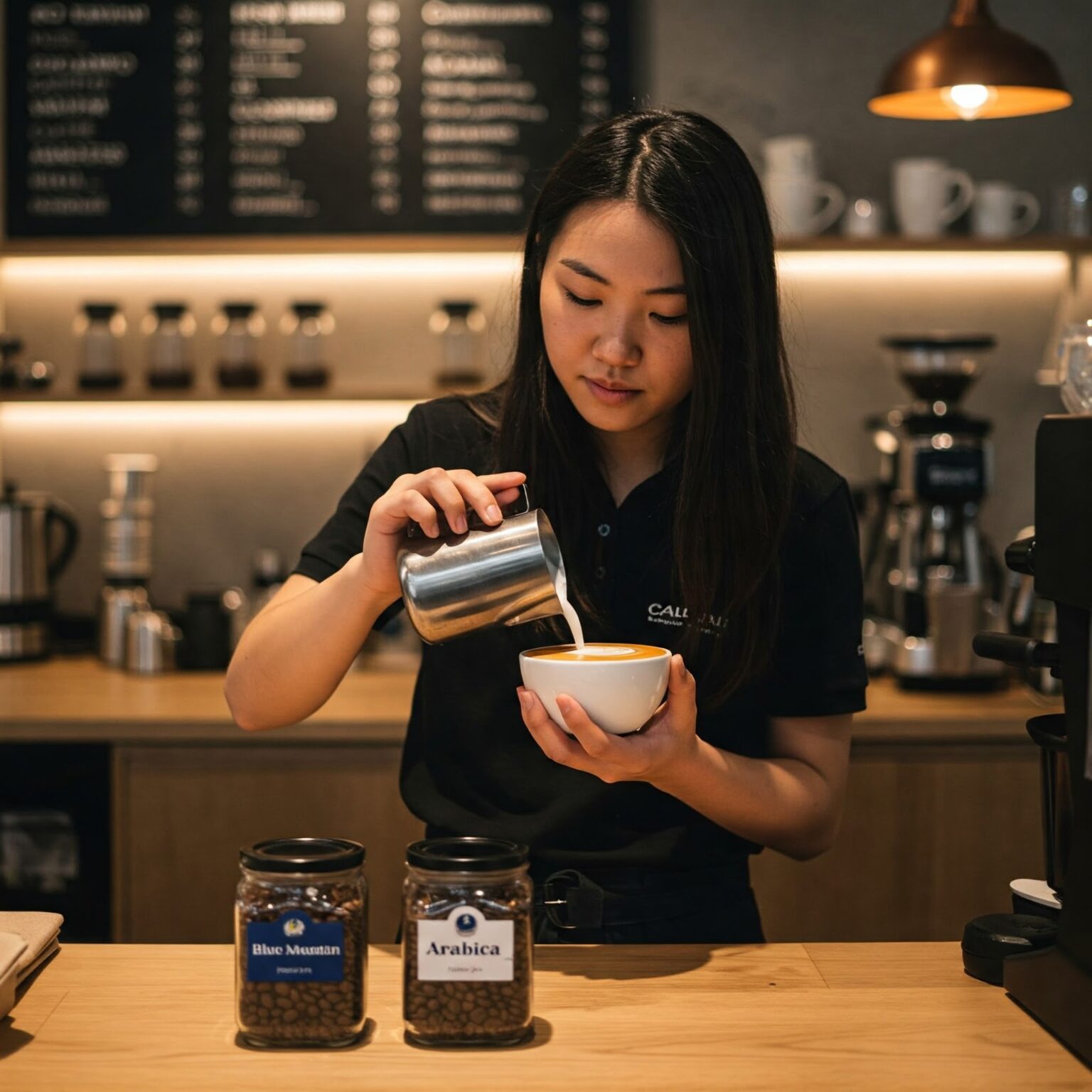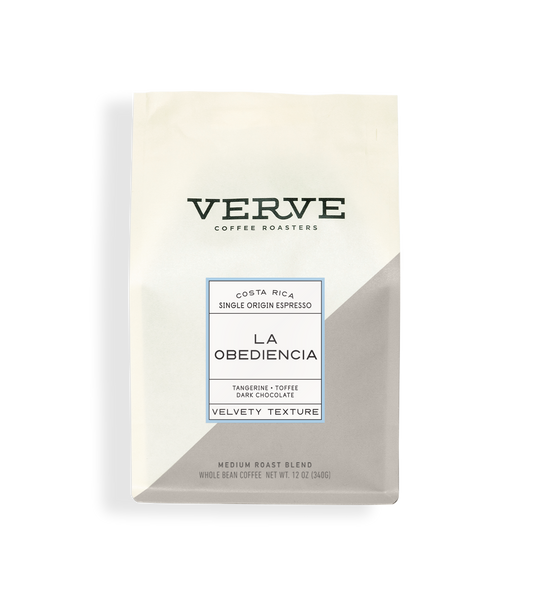Uncovering the Origins Behind Top-Tier SOE Single Origin Espresso
Wiki Article
Exploring the Rich Tastes of Coffee Beans: a Deep Dive Into Espresso and Blended Coffee Beans
When you discover the abundant flavors of coffee beans, you reveal an intricate world where each selection brings its own character to your cup. As you browse with the art of espresso and the creativity behind combined coffees, you'll begin to value the nuances that make each sip unique.The Beginnings of Coffee Beans: Checking Out Terroir and Flavor Profiles
When you take a sip of coffee, you're not simply appreciating a drink; you're experiencing an abundant tapestry of flavors formed by the beans' origins. Each area produces unique flavor accounts influenced by soil, climate, and elevation. Beans from Ethiopia usually burst with brilliant, fruity notes, while those from Colombia tend to provide a well balanced, nutty sweet taste.As you discover different beginnings, you'll notice exactly how terroir-- the ecological elements influencing a crop-- plays a crucial duty - Single Origin Espresso. The very same coffee range can taste significantly different depending upon where it's expanded
When you consider these elements, you start to appreciate the complexity behind your cup. Each sip informs a tale of the land and the farmers that supported the beans. So, next time you indulge, believe concerning the journey your coffee took before it reached your hands, and appreciate those intricate tastes that reflect its origin.
Comprehending Espresso: The Art and Scientific Research Behind the Mixture
When you think concerning coffee, it's not nearly the solid flavor; it's also about the methods that bring it to life. Understanding how various preparation methods impact taste can transform your developing experience. Let's explore the intricacies of espresso preparation and reveal the one-of-a-kind taste accounts that make each mug unique.Espresso Preparation Methods
Espresso prep work is both a scientific research and an art, integrating exact strategies with a deep understanding of coffee. To start, you'll wish to pick high-quality, fresh roasted beans and grind them finely for excellent removal (Single Origin Espresso). The grind dimension is crucial; too crude, and your espresso will certainly be weak, too fine, and it'll be bitterThe outcome ought to be an abundant, creamy coffee with a gorgeous layer of crema on top. With practice, you'll master these strategies.
Taste Profiles Clarified
The world of coffee offers a rich tapestry of taste accounts that can boost your coffee experience. You'll discover an equilibrium of sweetness, level of acidity, and anger when you take that initial sip. Each espresso bean carries special notes, from flower and fruity to nutty and chocolaty. Light roasts frequently showcase brilliant level of acidity and vibrant flavors, while dark roasts present deeper, bolder tones.Recognizing these accounts aids you choose the best espresso for your palate. Trying out different blends can expose unusual combinations. For example, a well-crafted blend may balance the intense notes of an Ethiopian bean with the abundant, chocolatey undertones of a Brazilian bean. Welcome the trip of uncovering espresso's diverse flavors, and you'll change your coffee ritual right into an amazing experience.
Processing Approaches: Just How They Influence Flavor and Scent
While it may seem that the beginning of coffee beans is one of the most significant factor in establishing their flavor and fragrance, the processing methods made use of post-harvest play a just as important role. You'll discover that these methods can significantly modify the final preference account of your cup.For example, the washed procedure eliminates the fruit from the beans before fermentation, commonly causing a cleaner, brighter flavor. Meanwhile, the natural process leaves the fruit intact throughout drying out, resulting in a sweeter, fruitier profile.
Other approaches, like honey handling, strike an equilibrium, permitting some fruit mucilage to continue to be, giving a special intricacy.
Each handling strategy connects with the beans' fundamental characteristics, improving or silencing specific flavors and fragrances. So, when you sip that espresso or combined coffee, keep in mind that the journey from cherry to mug is affected not simply by origin however additionally by exactly how those beans were processed.
Toasting Techniques: Unlocking the Complete Potential of Coffee Beans
Roasting methods are essential for revealing the complete possibility of coffee beans, as they transform raw, environment-friendly beans into the fragrant, tasty coffee you delight in. The selection of roasting approach-- light, medium, or dark-- dramatically affects flavor profiles. Light roasts maintain the beans' all-natural level of acidity and fruity notes, while tool roasts balance sweet taste and richness. Dark roasts, on the various other hand, emphasize bold, smoky flavors.You can try out roasting times and temperature levels to find your excellent brew. A slower roast at reduced temperatures enables for complicated tastes to develop, while a quicker roast can magnify resentment. Take notice of the fractures throughout toasting; the first split suggests a light roast, while the second crack signals a dark roast. By grasping these methods, you'll reveal a world of taste, boosting your coffee experience to new heights. Enjoy every sip, knowing the care that went into your mug!
The Magic of Blended Coffee: Developing Special Taste Experiences
Producing an one-of-a-kind flavor experience with combined coffee can transform your early morning ritual into an exploration of taste. By combining different beans from numerous regions, you can reveal a harmony of tastes that elevate your mug to new heights. Each mix deals a distinct account, stabilizing acidity, body, and sweetness to develop something absolutely unique.When you pick a blend, you're not just picking a coffee; you're picking a trip across diverse landscapes and societies. Explore different combinations enables you to discover your personal faves, whether you take pleasure in fruity notes or abundant, chocolatey touches.

Sampling Notes: Recognizing the Nuances in Your Cup
As you sip your coffee, you might see a range of flavors dancing on your SOE palate, each exposing the ins and outs of the beans. You might taste the intense level of acidity similar to citrus or the deep, rich notes akin to dark chocolate. The sweetness can evoke honey or sugar, stabilizing the general profile magnificently.Take notice of the body of the coffee-- does it feel ventilated and light, or is it complete and creamy? The surface, too, offers hints; a sticking around aftertaste may mean nuttiness or floral touches.

Do not fail to remember to discover the one-of-a-kind attributes of different beginnings, as each region presents distinct flavors - Single Origin Espresso. Ethiopian coffees commonly present fruity notes, while Colombian beans could display an extra spherical sweet taste. By acknowledging these subtleties, you'll strengthen your admiration for every cup, raising your coffee experience to brand-new elevations

Developing Methods: Optimizing Flavor Extraction for every single Bean
When you check out the numerous brewing techniques, you'll find that each method can significantly affect the taste profile of your coffee. From French press to pour-over, each method removes different compounds, enhancing or silencing details notes. Utilizing a French press allows oils to remain in the mixture, producing a richer preference, while pour-over stresses clearness and brightness.Temperature level and grind size likewise play vital functions. A coarser work functions best for cool mixtures, while a fine work is ideal for espresso. Explore water temperature level-- in between 195 ° F and 205 ° F-- can expose covert flavors, also.
Do not ignore soaking time; a quick extraction can cause sour notes, while over-extraction may produce anger. By adjusting these variables, you can take full advantage of flavor removal and genuinely raise your coffee experience. Enjoy the journey of discovering what method ideal fits your taste buds!
Often Asked Questions
What Is the Perfect Water Temperature Level for Developing Coffee?
The suitable water temperature level for brewing coffee's between 195 ° F and 205 ° F. If you make use of water that's too warm, you'll over-extract tastes; too cool, and you won't remove enough. Go for that pleasant spot for the ideal mixture!Just How Does Grind Dimension Impact Coffee Taste?
Grind dimension substantially influences coffee flavor. Better grinds remove more flavors and oils, resulting in a bolder preference, while coarser grinds return a lighter taste. Adjusting grind dimension helps you attain your desired coffee profile.Exist Health Conveniences Linked With Alcohol Consumption Coffee?

What Is the Distinction Between Arabica and Robusta Beans?
Arabica beans are smoother and sweeter, frequently including fruity flavors, while robusta beans are more powerful with a bitter preference and higher caffeine content. You'll discover these differences in scent and brewing experience.Exactly How Can I Store Coffee Beans for Quality?
To store coffee beans for freshness, maintain them in an impermeable container, far from light, wetness, and warmth. If you only grind what you require right before developing., you'll maintain their flavor longer.Exploring the Rich Tastes of Coffee Beans: a Deep Dive Into Espresso and Blended Coffee Beans.
When you explore the rich flavors of coffee beans, you uncover a complex world where each selection brings its own character to your mug.When you take a sip of coffee, you're not simply delighting in a beverage; you're experiencing an abundant tapestry of tastes formed by the beans' beginnings.Roasting strategies are crucial for revealing the full capacity of coffee beans, as they change raw, green beans into the aromatic, savory coffee you appreciate.As you drink your coffee, you could observe a range of flavors dancing on your palate, each disclosing the details of the beans.
Report this wiki page